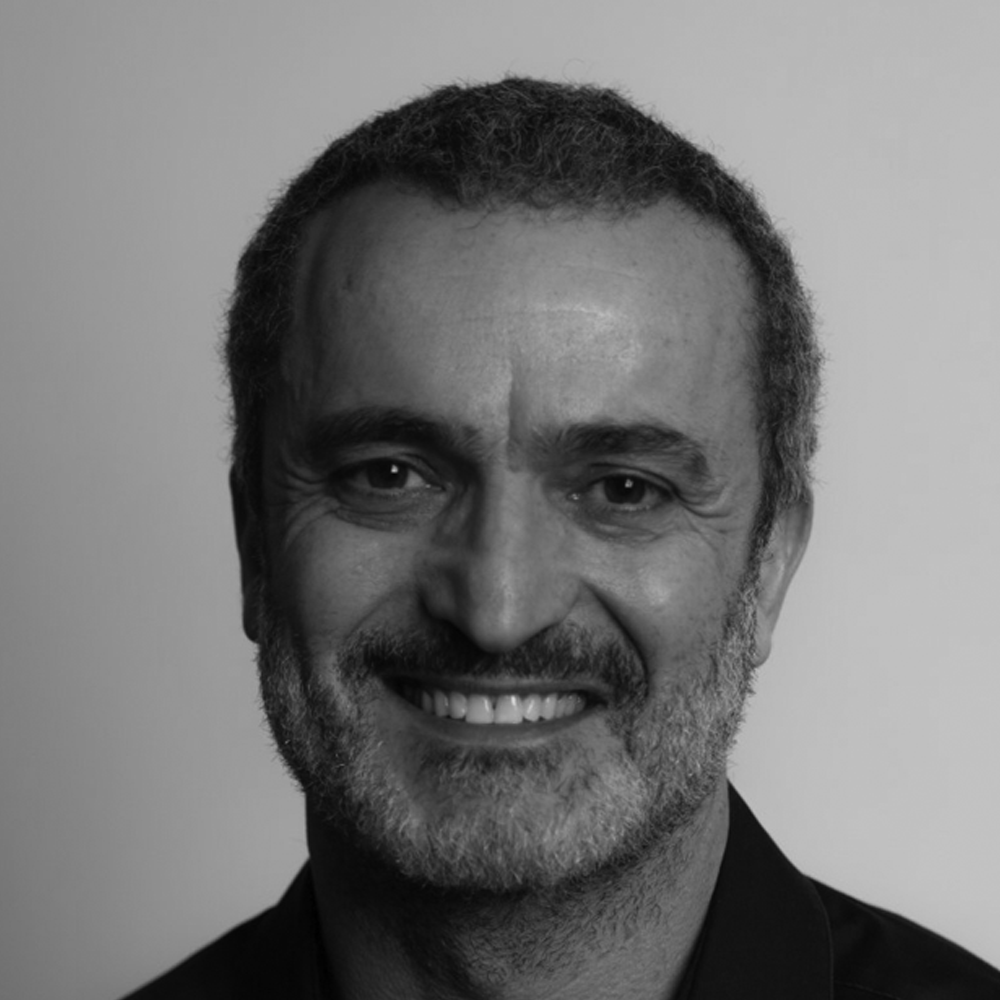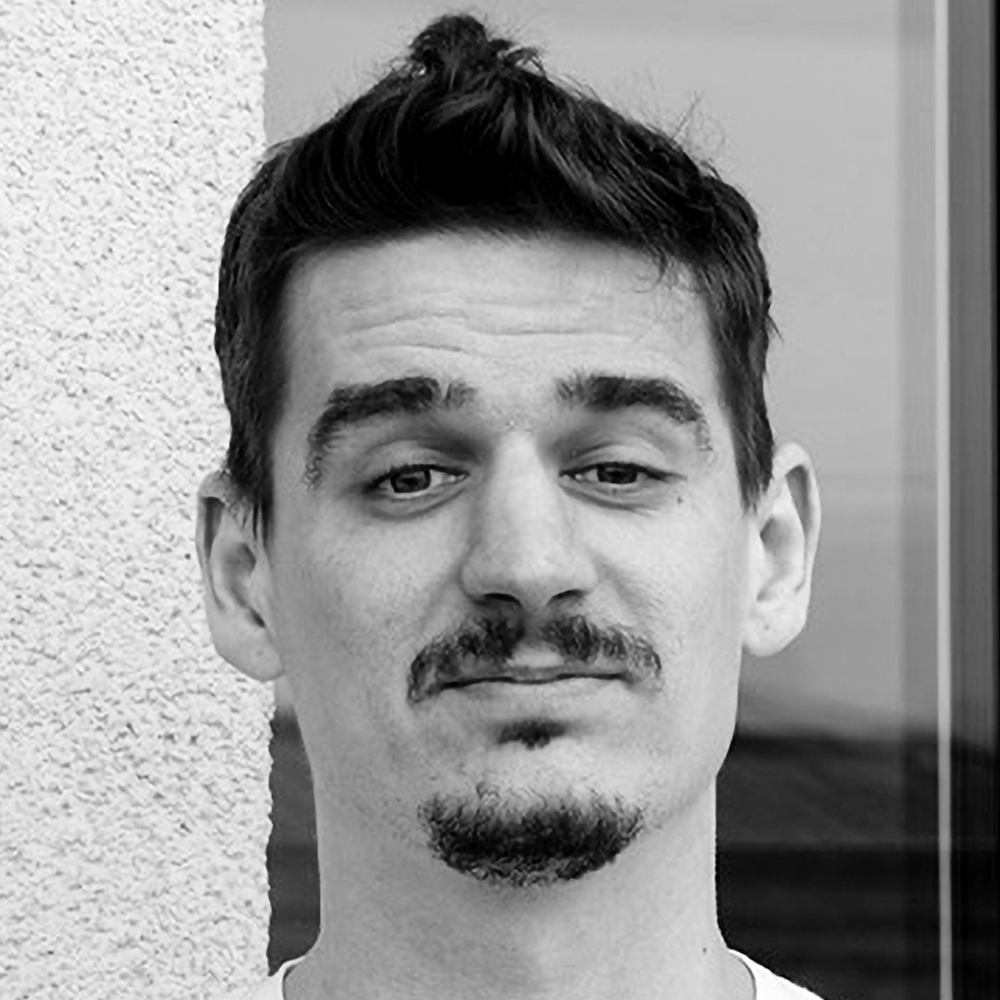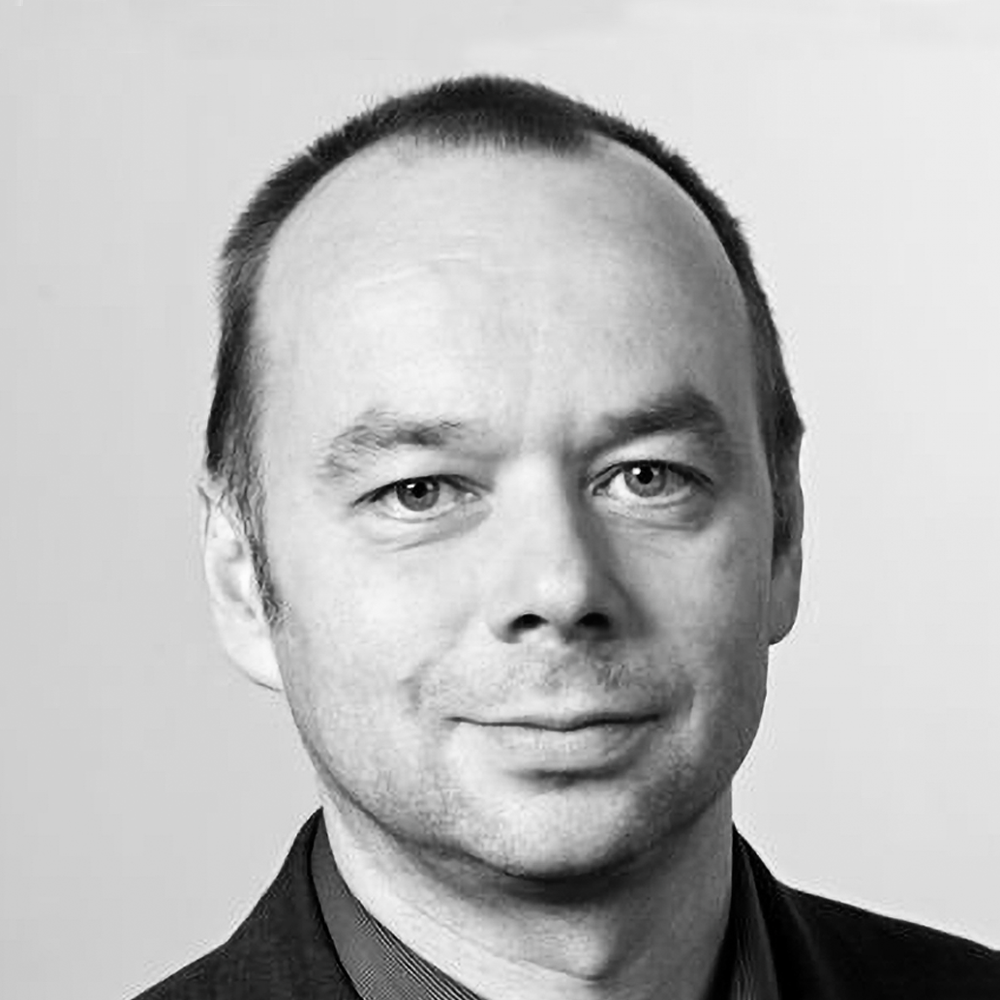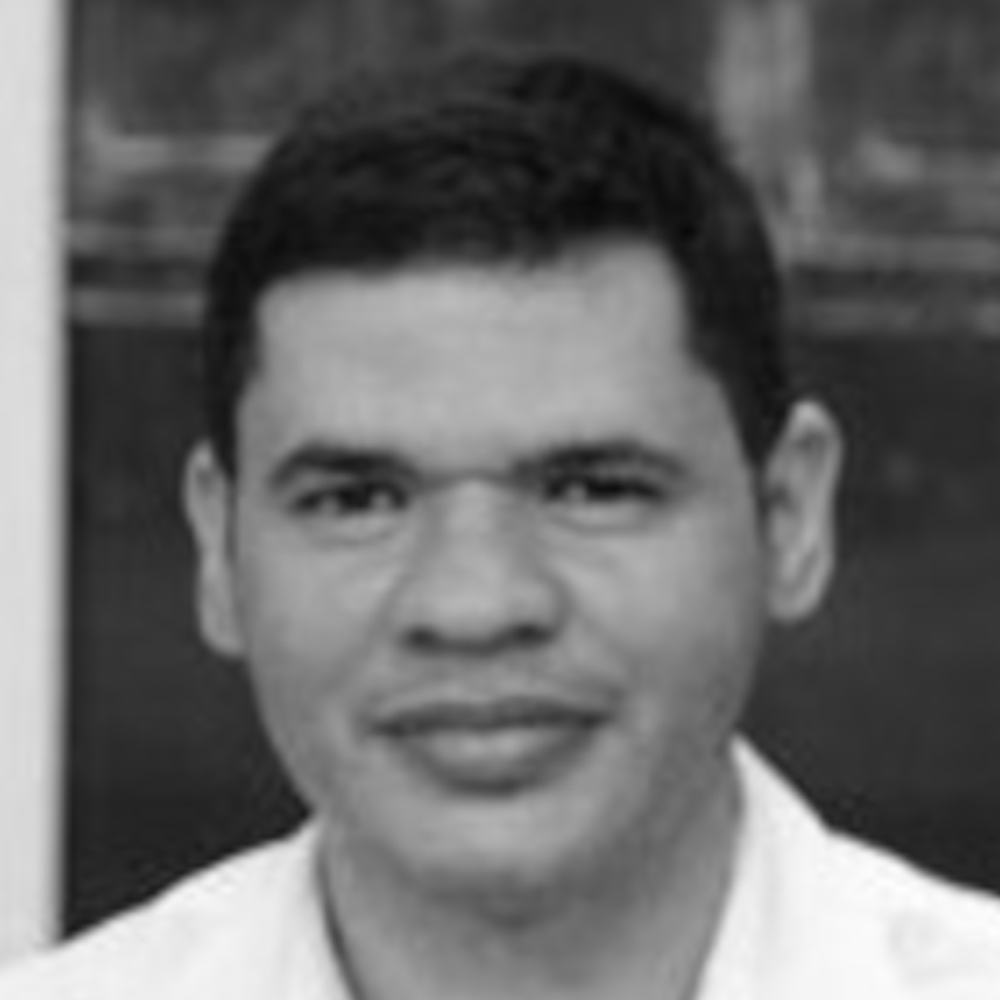Session 9C – Smart Cities
Thursday 1 April, 11:15 – 12:45 // Session Chair: M. Hank Haeusler
115 – The Potential of IoT-Based Smart Environment in Reaction to COVID-19 Pandemic
Thursday 1 April, 11:15, Session 9C
QIN CHUAN CHEN, Yonsei University
VAISHNAVI LAKSHMI NARASIMHAN, Yonsei University
HYUN SOO LEE, Yonsei University
COVID-19 was first reported in late December 2019 and quickly became a global health crisis. During COVID-19 pandemic, the dense and open characteristics make the public spaces a potential virus transmission hotspot. Therefore, it is extremely critical to adopt a more advanced and effective method in public environments to slow down its spread until a vaccine is widely used. A smart environment in the form of IoT, also known as the architecture of IoT, consists of three layers: perception layer, network layer, and application layer. A smart environment allows data and activities that happen in this environment to be collected, processed, and shared in real-time through various sensors. It can be introduced for early detection, tracking, and monitoring of potential confirmed cases. The smart environment is considered one of the most promising approaches to face and tackle the current scenario. However, research focusing on the potential of IoT smart environment in reaction to COVID-19 is still meager. Therefore, this paper identifies the smart environment’s potential based on the concept of IoT architecture’s three layers and further discusses how IoT can be introduced in public spaces to help battle the pandemic.

Qinchuan Chen, from China, is currently pursuing his master degree in faculty of interior architecture and built environment in Yonsei University in South Korea. In 2018, he received his Bachelor in Housing and Interior Design in the Department of Housing and Interior in Chung-ang University, South Korea. During his graduate study, his research focuses on biophilic design and smart environment. He is passionate about studying the impact of technology on living environment and exploring the possibilities of future living spaces.
Vaishnavi Lakshmi Narasimhan, from India, currently pursuing her master’s in architectural research in Yonsei University, South Korea. Vaishnavi ‘s research area includes sustainable bio-inspired architecture, parametric façade design and biophilic design in the housing for elderly. Her research work reflects her deep love and concern towards nature using digital tools in architectural design. She aims to contribute quality research involving bio-inspired concepts in various aspects combining it with computational and other digital tools in her future works.
Hyunsoo Lee, a professor at Department of Interior Design and Built Envronment at Yonsei University, teaches classes such as Residential Space Planning, Digital Design Studio, Digital Fabrication, Color Design, and Design Management. His research area includes Bio-inspired Architectural Design, Design Theory and Design Methods, and Colorscape in Architecture.
055 – Urban Design Optimization: Generative Approaches towards Urban Fabrics with Improved Transit Accessibility and Walkability
Thursday 1 April, 11:30, Session 9C
Fernando Lima, Pennsylvania State University
Nathan Brown, Pennsylvania State University
José Duarte, Pennsylvania State University
This paper investigates computational optimization techniques at the urban design scale, aiming to improve the performance of urban fabric layouts according to predefined evaluation metrics. To this end, this work addresses the use of optimization tools in urban design by comparing various optimization algorithms for generating urban fabrics with improved walkability and by analyzing the outcomes of different urban design rules. These rules formulate orthogonal and non-orthogonal grids from the perspective of transit accessibility (TA), thereby minimizing automobile usage and improving the walkability of neighborhoods. Transit accessibility is also evaluated alongside estimated infrastructure cost to verify the suitability of applying optimization in urban design. Our results suggest that the RBFOpt algorithm performs best for generating urban fabrics according to our quantitative design objectives; more flexible and complex grids in terms of shape and dimensions tend to deliver greater TA than rectangular and uniform-oriented grids; different block patterns can lead to solutions more directed at TA or to infrastructure cost, outlining a trade-off; and multicriteria optimization helped in identifying designs that balanced transit accessibility and infrastructure cost.

Fernando Lima is a visiting scholar in Stuckeman Center for Design Computing – Penn State University, United States. He has a Ph.D. in Urbanism from the Federal University of Rio de Janeiro, Brazil, having attended a doctoral exchange period at the Faculty of Architecture of the University of Lisbon, Portugal. He was awarded the Brazilian CAPES Foundation Thesis 2018 Honorable Mention for his Ph.D. thesis. He is currently the vice director of the Faculty of Architecture and Urbanism at the Federal University of Juiz de Fora, Brazil.

Nathan Brown is an Assistant Professor in the Penn State Architectural Engineering Department. He is passionate about the intersection of architecture, engineering, and related disciplines, and seeks to understand how computation can facilitate more effective overlap between them. As an undergraduate at Princeton, he primarily studied structural engineering, earning a B.S.E. in Civil and Environmental Engineering with certificates in Architecture and Urban Studies. He then spent five years at MIT in the Digital Structures research group, where he earned an S.M. and Ph.D. in Building Technology.

José P. Duarte (Lic Arch UT Lisbon 1987, SMArchS 1993 and PhD MIT 2001) is the Stuckeman Chair in Design Innovation and director of the Stuckeman Center for Design Computing at Penn State, where he is Professor of Architecture and Landscape Architecture, and Affiliate Professor of Architectural Engineering and Engineering Design. Dr. Duarte was co-founder of the Penn State Additive Construction Laboratory (AddCon Lab) and his research interests are in the use of digital technology to design and make mass customized affordable housing. Recently, his team was awarded 2nd place in “NASA 3D Printed Mars Habitat Challenge.”
085 – Designing Crowd Safety: Agent-Based Pedestrian Simulations in the Early, Collaborative Design Stages
Thursday 1 April, 11:45, Session 9C
Nick Förster, Technical University of Munich
Ivan Bratoev, Technical University of Munich
Jakob Fellner, Technical University of Munich
Gerhard Schubert, Technical University of Munich
Frank Petzold, Technical University of Munich
Contemporary agent-based pedestrian simulations offer great potential to evaluate architectural and urban design proposals in terms of medical risks, crowd safety, and visitor comfort. Nevertheless, due to their relative computational heaviness and complicated input-parameters, pedestrian simulations are not employed during the design process commonly. Simulation results significantly impact design decisions, especially when they are already available in early design phases. This paper analyzes the requirements of pedestrian simulations for early planning stages, such as seamless integration into iterative and collaborative design processes, interactivity, and appropriate visualization of results. For this purpose, we combine two existing projects: a high-accuracy pedestrian simulation and the CDP//Collaborative Design Platform. To adapt the simulation method to the requirements of early planning stages, we investigate interactions that blend intuitively with the design process and enable multiple users to interact simultaneously. We simplify simulations’ input parameters to match the level of detail of the early design phases. The simulation model is adapted to facilitate continuous and spontaneous interactions. Furthermore, we develop visualization techniques to support initial design negotiations and present strategies for compensating computation time and giving constant feedback to a dynamic design process.

M.A. Nick Förster is a Research Associate at the Chair of Architectural Informatics at the Technical University of Munich. He studied Architecture at the Technical University of Munich and the Aarhus School of Architecture with a focus on Architectural and Urban Theory, and Computational Design. In 2019 he graduated with high distinction. In addition to several independent projects in Scenography, Art, and Computational Design, he worked in Architecture and Urban Design agencies like zanderrotharchitekten and raumlaborberlin. Currently, Nick Förster researches the techno-politics of urban digital infrastructures in the context of his dissertation project.

M.Sc. Ivan Bratoev studied Informatics at the Technical University of Munich graduating in 2016 from the master’s program. He works as a Research Associate at the Chair of Architectural Informatics at the Technical University of Munich since 2017. He supervises and handles the further technical development in the “CDP // Collaborative Design Platform” Research Group. His dissertation and research focus are on the application of Artificial Intelligence in the field of Urban Scale Simulations and Planning.

M.Sc. Jakob Fellner is a Research Associate at the chair of Architectural Informatics in TUM Department of Architecture. He received his M.Sc. in Energy Efficient and Sustainable Design and Building from the Technical University of Munich. His research focuses on Multicriteria Optimisation of Urban Design, Decision Support in Early Design Stages, Resource-efficient use of Materials, and Information Visualization. Since 2020, Jakob works on the research project “Urban Densification in the Context of Climate Change” in cooperation with the Chair of Energy Efficient and Sustainable Design and Building and the Chair for Strategic Landscape Planning and Management.

Dr. Gerhard Schubert is a Senior Researcher at the Chair of Architectural Informatics at the Technical University of Munich. He studied architecture at the TUM and finished his doctoral dissertation in the field of Human Computer Interaction in 2014. Gerhard’s focus in research falls into the interdisciplinary field of computer science, architecture/design and perceptual psychology. He is head of the CDP research group that represents the seamless connection between real and digital worlds to support early creative design phases in a ubiquitous way. Since 2015, he also holds the position of Director of Research at the Department of Architecture.

Prof. Dr. Ing. Frank Petzold holds the Chair of Architectural Informatics at the Technical University of Munich. After completing his doctorate in 2001, he assumed the position of junior professor of architectural informatics in Weimar before being appointed full professor at TUM in 2009. Prof. Petzold is a founding member of the Association of Architectural Informatics in German-speaking regions and a member of the German Association of Computing in Civil Engineering. Since 2014, Prof. Petzold has been Vice President of the DARL (German Federal Association of Deans and Directors of Architecture, Regional Planning, and Landscape Architecture).
146 – A Layered Approach for the Data-Driven Design of Smart Cities
Thursday 1 April, 12:00, Session 9C
Victor Calixto, University of South Australia
Robson Canuto, University of Campinas
Marcela Noronha, University of Campinas
Ning Gu, University of South Australia
Aida Afrooz, University of South Australia
Gabriela Celani, University of Campinas
Current approaches to smart cities have focused on implementing technologies to harvest and analyse data through sensors and artificial intelligence to improve urban performance from the top-down. However, cities are complex systems of interconnected layers that change at different speeds. More persistent layers, like networks and occupation, must have smartness embedded in them through smarter design processes. In recent years, there has been an increase in digital tools for urban design, applying computational design methods and data analytics strategies, enabling collaborative and evidence-based approaches that support sustainable urban design. A critical evaluation of their potential to inform design is necessary to aid practitioners to choose and adopt these novel strategies and tools in practice. This paper presents a critical review of selected data-driven design cloud platforms, focusing on data-driven urban design approaches that can enable the use of ICT’s to steer cities into a smarter future from the bottom-up

Victor Calixto is a PhD Candidate at the University of South Australia. His research is on how the utilisation of smart technologies and computational design can assist designers in the decision-making process of urban placemaking. He held a Master’s Degree from the State University of Campinas (UNICAMP) in 2016. He lectured on a Faculdade Belas Artes and at Faculdade Anhembi-Morumbi teaching computational design methods. Also, he was an assistant tutor at AA Visiting School São Paulo in 2013 and 2018. Nowadays, he is tutoring at The University of Adelaide teaching computational design methods.

Robson Canuto is currently a PhD Candidate at the Architecture, Technology and City Program from Campinas State University (UNICAMP). He graduated from the Federal University of Pernambuco (UFPE) in 2006 and Master in Urban Development by the Urban Development Postgraduate Program (MDED / UFPE) in 2009. It is the author of the Book PARAMETRIC URBANISM: Parameterizing Urbanity, published, in 2010 by UFPE University Editor (Edufpe). Also, he is the author of articles published in national and international magazines and congresses in the areas of Urban and Architectural Morphology, digital technology applied to architecture and urbanism.

Marcela Noronha currently a PhD Candidate at the Architecture, Technology and City Program from Campinas State University (UNICAMP). Received a Master Degree in Architecture, Technology and City in 2012 and holds a Bachelor Degree in Architecture and Urbanism. She has a Master in Architecture, Technology and City (2012) from the same institution. She was a visiting researcher at the Stuckeman Center for Design Computing at Penn State University, USA, from August 2018 to June 2019. Currently, she is a lecture in a Postgraduate Course in Architecture, Urbanism and Civil Engineering – Course 90E from the State University of Campinas.

Dr Ning Gu is a Professor in Architecture at the University of South Australia. He is a Deputy Director of Australian Research Centre for Interactive and Virtual Environments (IVE). He has researched in the broad areas of Architectural Computing and Design Cognition, including topics such as Computational Design Analysis; Computer-supported Collaborative Design; Interactive and Virtual Environments; Building Information Modelling (BIM); Generative and Parametric Design Systems; Intercultural Design and Communication; and Protocol Studies on designers’ behaviour and cognition.

Dr Aida Afrooz is currently a Research Assistant at University South Australia (Jan 2020), being previously worked at Deakin University – Research Fellow, Urban Analytics (2019), the University of New South Wales, Research Associate, City Analytics and Lab Manager (2016-2019), and Randwick City Council, Strategic planner and 3D GIS project Officer (2014-2016), and overseas in Iran and Malaysia. Aida has highly relevant research expertise in the fields of urban design and planning including wayfinding, geovisualisation, eye tracking, urban 3D modelling, smart cities, and spatial analysis.

Dr Gabriela Celani is a Professor of Architecture and Urban Design at the School of Civil Engineering, Architecture and Urban Design at the University of Campinas, Brazil. She is the head of LAPAC, the Laboratory for Automation and Prototyping for Architecture and Construction. She develops research in Computational Design, which includes the application of theories and technologies from computation, logic and mathematics in architecture and urban design. Her work focuses on rapid prototyping, digital fabrication, 3D digitisation, parameterization and automation of the design process.
036 – Opportunities and Recommendations for Local Governments Delivering Smart Heritage
Thursday 1 April, 12:15, Session 9C
David Batchelor, Victoria University of Wellington
Marc Aurel Schnabel, Victoria University of Wellington
The expansion of smart computer-led technologies into new disciplines enables local governments to design and manage their cities with novel smart discourses. Smart Heritage, the convergence of the smart city and heritage disciplines, is one novel smart discourse that local governments can utilise to address these issues. However, due to its novelty, no research exists on the opportunities and trajectory of Smart Heritage within local government. Therefore, this article reports the opportunities and recommendations for Smart Heritage within local government, drawing on interviews with smart city and heritage advisors from three Australian local councils. It finds opportunities for smart computer-led technologies to design unique economic, place-making, and governance experiences in cities and recommendations that normalise the delivery of local governments‘ regulatory duties by these technologies. The findings are significant for leading smart technologies further into the practical-political framework of local government and diversifying smart cities’ scope.

David Batchelor is a PhD Candidate in the Wellington School of Architecture at Victoria University of Wellington. He is researching how to deliver Smart Heritage in local government, a novel discourse converging the smart city and heritage disciplines.

Professor Marc Aurel Schnabel is the Dean of the Wellington Faculty of Architecture and Design Innovation at Victoria University of Wellington.